好きなキャラクターと一緒に暮らせる世界初のバーチャルホームロボットです。
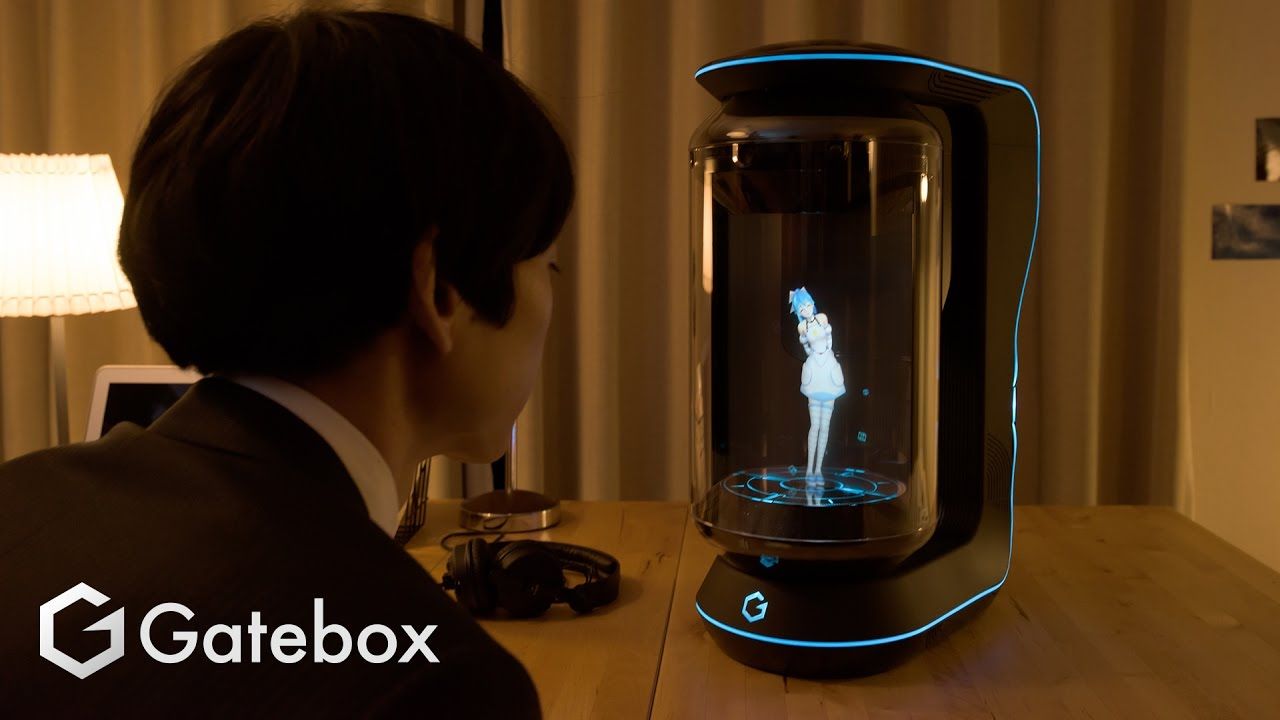

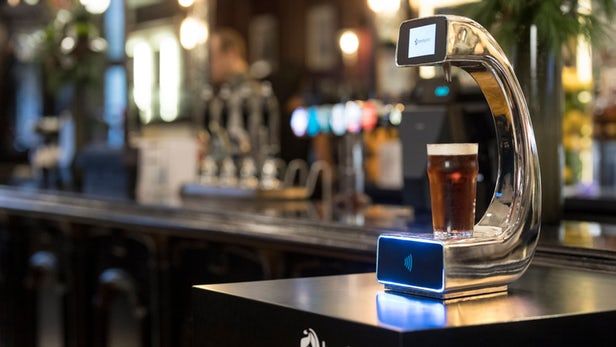
As pubs and bars in the UK get busier in the run up to Christmas, Barclaycard has uncorked a way to reduce the time people spend waiting to be served. Pay @ Pump is a beer pump that allows customers to pour their own pint and pay with a contactless card in as little as a minute.
According to Barclaycard, people spend an average of 12 minutes per order waiting to be served over the Christmas period. The Pay @ Pump system is designed to reduce customer queuing time and speed up service.
“I’m sure everyone has been stuck behind the person who orders the most complicated cocktail on the menu or a round of 10 drinks for their group of friends,” explains Barclaycard’s commercial director for digital consumer payments Tami Hargreaves. “When people told us that waiting time was one of their biggest annoyances, we wanted to help solve a common problem with a simple solution.”
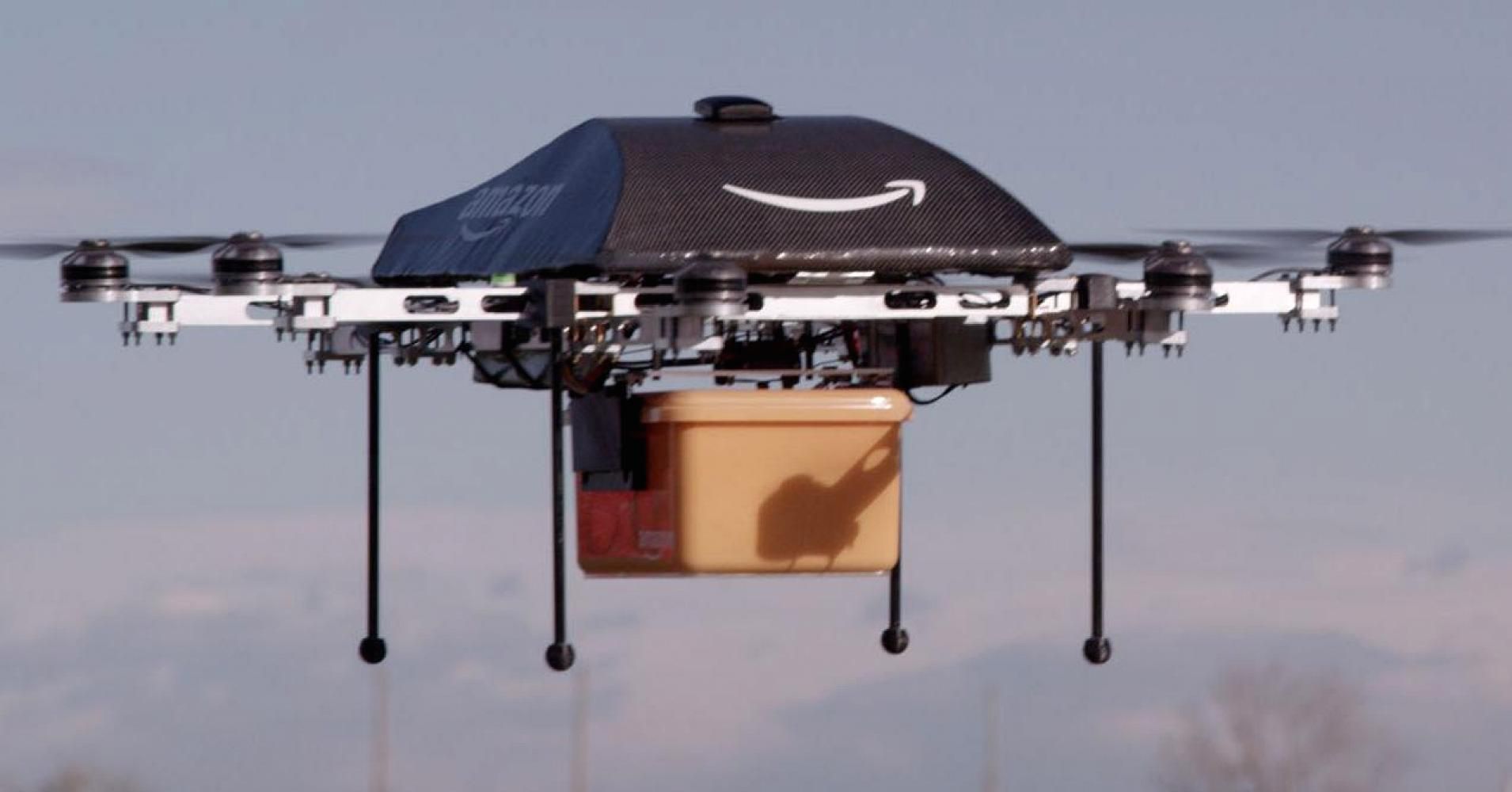
He stood a majestic 5-foot-5, weighed around 100 pounds and maybe had a harem. That’s what scientists figure from the footprints he left behind some 3.7 million year ago.
He’s evidently the tallest known member of the prehuman species best known for the fossil skeleton nicknamed “Lucy,” reaching a stature no other member of our family tree matched for another 1.5 million years, the researchers say.
The 13 footprints are impressions left in volcanic ash that later hardened into rock, excavated last year in northern Tanzania in Africa. Their comparatively large size, averaging a bit over 10 inches long (26 centimeters), suggest they were made by a male member of the species known as Australopithecus afarensis.

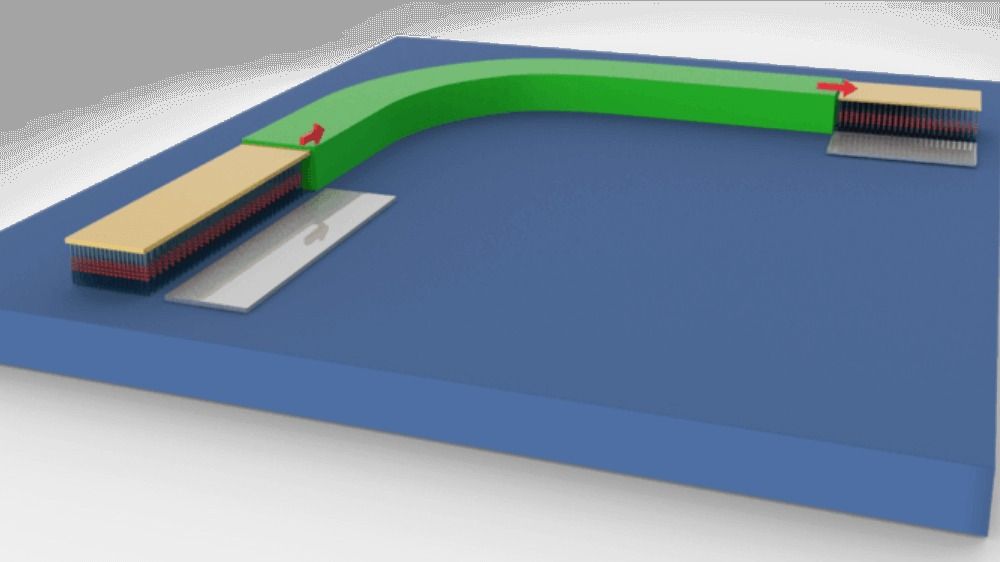
For the past four decades, the electronics industry has been driven by what is called “Moore’s Law,” which is not a law but more an axiom or observation. Effectively, it suggests that the electronic devices double in speed and capability about every two years. And indeed, every year tech companies come up with new, faster, smarter and better gadgets.
Specifically, Moore’s Law, as articulated by Intel cofounder Gordon Moore, is that “The number of transistors incorporated in a chip will approximately double every 24 months.” Transistors, tiny electrical switches, are the fundamental unit that drives all the electronic gadgets we can think of. As they get smaller, they also get faster and consume less electricity to operate.
In the technology world, one of the biggest questions of the 21st century is: How small can we make transistors? If there is a limit to how tiny they can get, we might reach a point at which we can no longer continue to make smaller, more powerful, more efficient devices. It’s an industry with more than US$200 billion in annual revenue in the U.S. alone. Might it stop growing?

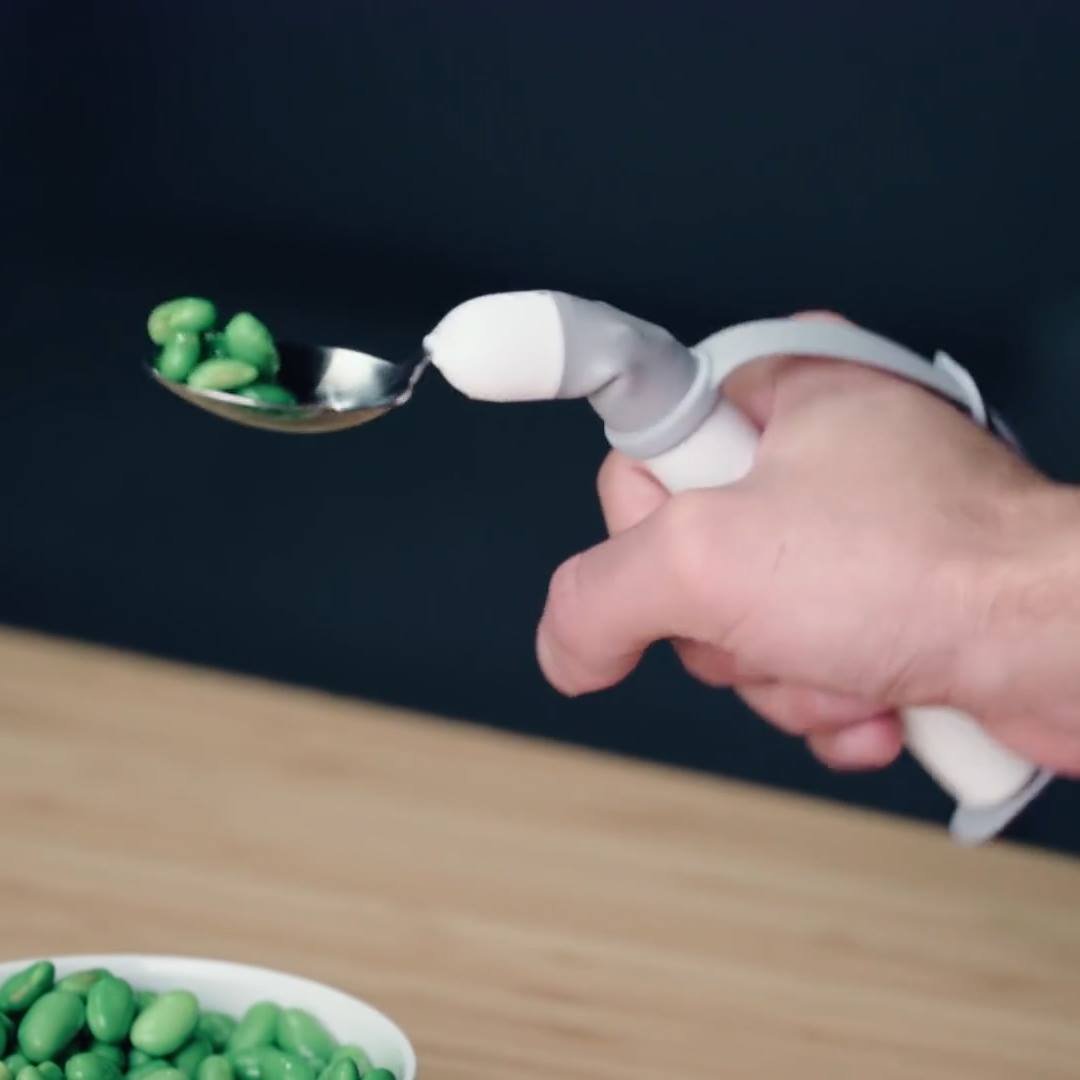
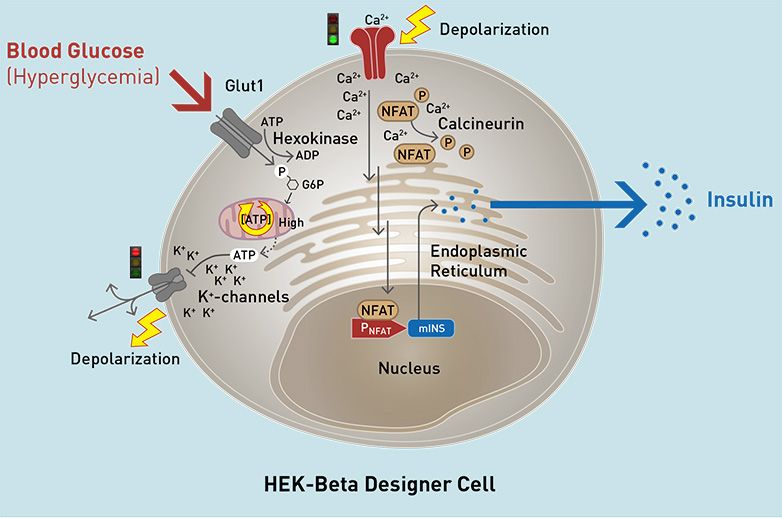
Pesquisadores liderados por ETH Professor Martin Fussenegger no Departamento de Ciência e Engenharia Biosystems (D-BSSE) em Basel ter produzido células beta artificiais utilizando uma abordagem de engenharia simples.
As células artificiais beta pode fazer tudo o que as naturais fazem: eles medem a concentração de glicose no sangue e produz insulina suficiente para reduzir eficazmente o nível de açúcar no sangue. Os pesquisadores ETH apresentou o seu desenvolvimento na última edição da revista Ciência.

In a new blow for the futuristic “supersymmetry” theory of the universe’s basic anatomy, experts reported fresh evidence Monday of subatomic activity consistent with the mainstream Standard Model of particle physics.
New data from ultra high-speed proton collisions at Europe’s Large Hadron Collider (LHC) showed an exotic particle dubbed the “beauty quark” behaves as predicted by the Standard Model, said a paper in the journal Nature Physics.
Previous attempts at measuring the beauty quark’s rare transformation into a so-called “up quark” had yielded conflicting results. That prompted scientists to propose an explanation beyond the Standard Model—possibly supersymmetry.